About Us

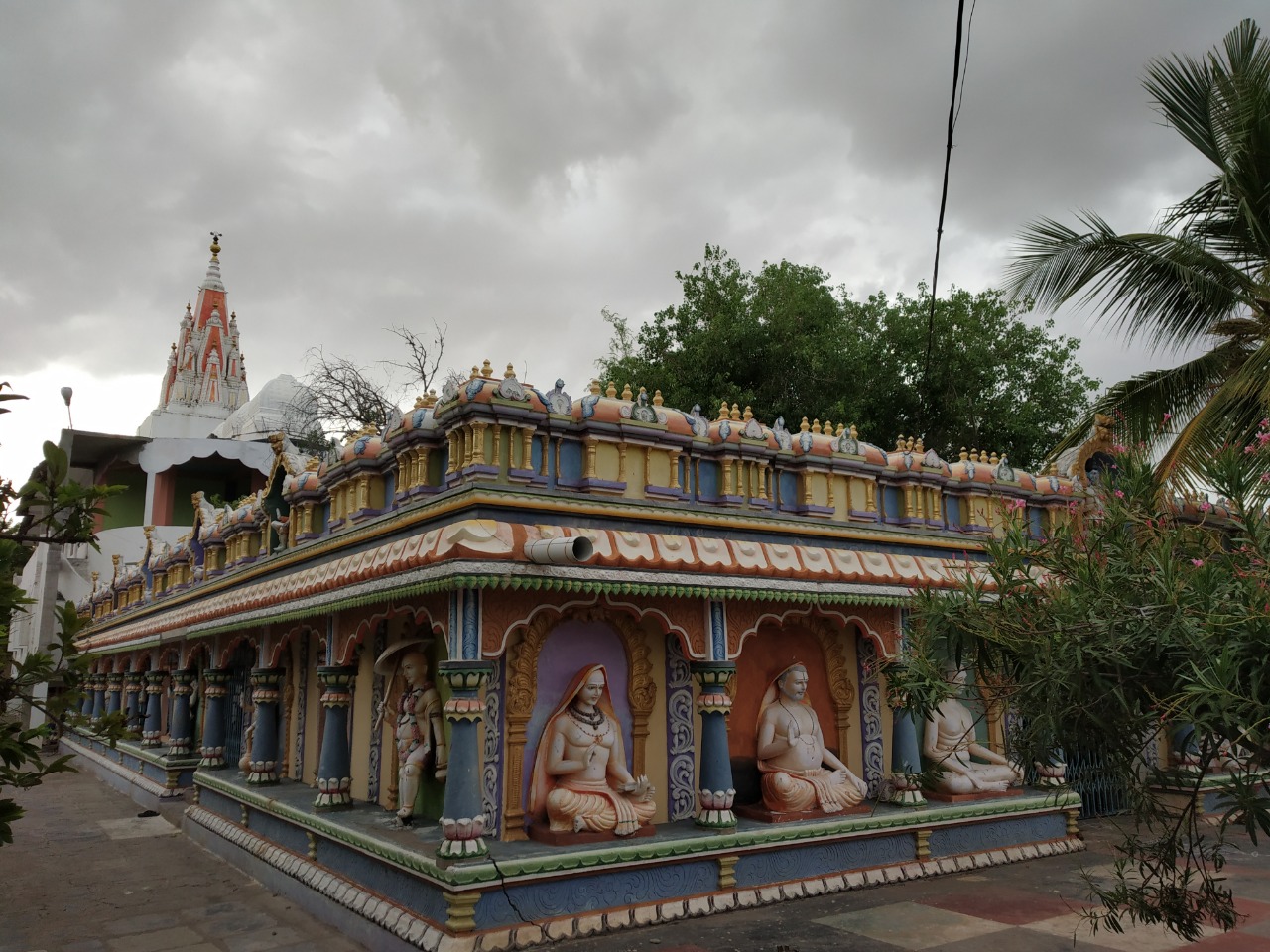
The construction of Sri Datta Mandiram at Sripada Sri Vallabhapuram, Paspula, Makthal mandal, Narayanpet district of Telangana state was started on 31/01/1999 by Sri Sri Sri Swamy Vittalananda Saraswathi Maharaj (Vittal Babaji), as per the advice and directions of Sripada Sri Vallabha Swamy.
The temple is situated adjacent to the holy river Krishna, comprising Sri Kala Bhairava Swamy Temple, Trishula Mandiram, Anagha Matha Temple, Sri Dattatreya Swamy Temple, Shivalayam, Ramalayam, Sri Baba Mandiram, Sri Renuka Matha Mandiram, Sri Vittal Babaji Samadhi Mandiram and Pandranga Swamy Temple. The construction of this immense temple was completed in just 100 days.
Around a century ago, Sripada Sri Vallabha Swamy, the first incarnation of Dattatrey Swamy, ran a Darbar in this sacred place. During the time, devotees from all the corners of the country came to this place for the darshan of Sripada Sri Vallabha Swamy. Sripada Sri Vallabha Swamy also performed Annadaanam every day for the devotees. This heritage was continued by Sri Vittal Babaji after him.
Sri Vittal Babaji is the incarnation of Sripada Sri Vallabha Swamy, but he never revealed it to the devotees.
Who is Sri Vittal Babaji?

Sri Vittal Babaji, who was an orphan child, grew up and performed Guru Seva in Pandaripuram (Maharashtra) in the ashram of Sri Kaikada Maharaj Swamy. After a few years, Sri Vittal Babaji left to Rishikesh in the Himalayan region as per the instructions of Sri Kaikada Maharaj, where he stayed in Kailasa ashram and performed Guru Seva for a few years. After that, as per the instructions of Sri Vishnu Maha Devananda Swamy, Sri Vittal Babaji left to Manasa Sarovaram to perform meditation and tapas, where he was blessed with the darshan of Adrushya Maha Gurus.
As advised by the Maha Gurus, Sri Vittal Babaji dedicated his life to promote divinity, sanctity, devotion, kindness, unselfishness and peace amongst the people for their own welfare. Sri Vittal Babaji built around 10 Datta Mandirs/Ashrams in Andhra Pradesh, Telangana and Karnataka state with the help of devotees. He also installed the idols of Sri Sai Baba in hundreds of temples around the country.
As forecasted by Mahatmas, the effect of Kali on people is estimated to be severe in the years to come. To reduce the effect of Kali and achieve Vishwa Shanti, Sri Vittal Babaji has conducted several Sri Guru Charitra Saptaha Parayanas, Sri Bhagavad Gita Gnana Yagams, Gayatri Homams and Sri Datta Maala Mantra Homams.
Sri Vittal Babaji has given several Sanyasa Deekshas, Sri Datta Deekshas and Upadeshams to devotees. He advised them to lead a pious life by eliminating all evil thoughts and deeds. According to some of the devotees, Sri Vittal Babaji has appeared as Sripada Sri Vallabha Swamy, Sri Dattatreya Swamy, Panduranga Vittal, Santoshi Matha and Anagha Matha in their dreams.
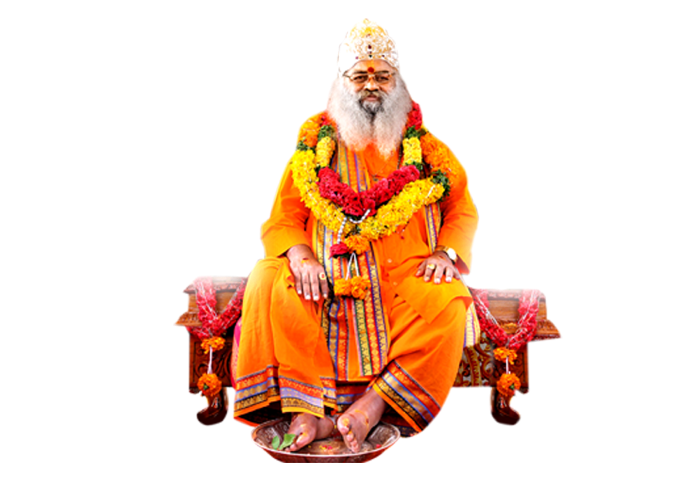
Sri Vittal Babaji preached that Annadanam is the best activity to relieve one’s self from sins and encouraged the devotees to take part in it. Sri Vittal Babaji performed Annadanam to the devotees during the period of Krishna Pushkarams and Godavari Pushkarams (from 1978 onwards).
According to Sri Vittal Babaji, Mahatmas can show more wonders after attaining Maha Samadhi than while alive. Sri Vittal Babaji has accomplished Maha Samadhi on 18-07-2014. After attaining Maha Samadhi, Sri Vittal Babaji is showing even more miracles and is blessing devotees with employment, health, kids, marriage etc.
Need of Sadguru

Each individual is openly or secretly craving for the ultimate understanding and joy of life, without which life is miserable and meaningless. And each individual is destined to be liberated and has a natural urge to reach upon that state, the state of total understanding of life. One passes through a life according to his past acts and thoughts (Law of Karma) and in the same way shapes his future life according to the present living.
Datta Guru Parampara
Aadi Guru, Smartugami, Sri Guru Deva Datta … Lord Dattatreya is a manifestation of the trinity Brahma-Vishnu-Shiva and tri-murthy-swarupini, Sri Anagha Devi is his consort. He is Guru of Gurus and an ever living incarnation.
Sages and Seers of Datta Guru Parampara have a great common heritage. They are Sadgurus (Perfect Masters) who have realized the Absolute, have reached the highest realm of spiritual attainment, are present for ever in the whole universe whether in an embodied or in an un-embodied state. They operate in gross, subtle, or mental world. They have been actually chosen to execute the Divine Mission.
In Datta parampara … Sri Sripada Sri Vallabha, Sri Nrisimha Saraswati Swami, Manika Prabhu, Swami of Akkalkot, Samartha Sadguru Sai Baba and Sri Sathya Sai Baba are the most prominent.
- Sri Sripada Sri Vallabha
- Sri Nrisimha Saraswati Swami
- Manika Prabhu
- Swami of Akkalkot
- Samartha Sadguru Sai Baba
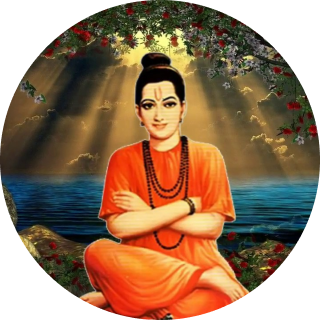
Sri Sripada Sri Vallabha (1300 A.D)
The child with emblems of Shanka and Chakra in his feet, hence called Sripada, born to a learned Brahmin Appala Raja and great Sati Sumati in Sri Kshetra Pithapuram on the east coast of Godavari in Andhra Pradesh. Lord Dattatreya reincarnated as Sripada as a result of his boon to Sumathi.
After Upanayana in his seventh year, Sripada started learning and became master in Veda Sastras by the age of sixteen. By learning the intention of his parents to perform his marriage, Sripada told them that he was an ascetic, already married to renunciation and, to be in Nivrithi Marg for rest of his life. He left for pilgrimage, went to Kasi, Badrinath and Kedarnath in Himalayas, guiding and imparting Jnana to the Saints. Then coming down visited all the pilgrim centers on the west coast, reached Gokarna and finally retired to Kuruvapur, an island in river Krishna.
Sripada enlightened and gave solace to people wherever he went. He dispensed happiness to one and all, by freeing them from the shackles of worldly attachment and disappointments. He promised Ambika, mother of a mentally retarded child, to born as her son in her next Janma.
On the twelfth day of the dark half of month Ashwin, of Margasira Constellation on Thursday, saluted mother Ganga and sat for Samadhi on river-water and disappeared and got merged into Brahman.
Sri Nrisimha Saraswati Swami
Sri Nrisimha Saraswathi Swami, named as Saligrama on birth, born to a Brahmin couple Madhav and Amba of Karanjananagar in the Varad district of Maharastra. Until the time of his sacred thread ceremony he uttered only “OM” but he recited the sacred hymns from Vedas at the time of Upanayana.
Promising his parents to return after twenty years, he went away from home on his life mission. He came to Banaras and was immersed in practice of Yoga and penance. He never stayed for more than a couple of days in a particular place. He preached that the grace of God is always there for the good and it does not discriminate between the rich and the poor and explained the real meaning behind the external practices prescribed in the scriptures in relation to mundane and spiritual life. He encouraged the performance of Yagnas (sacrifices), gave life to dead, and glorified the power of Bhasma through a Chandala defeating two learned but arrogant Brahmins.
Sri Nrisimha Saraswati always emphasized that the pleasures and pains of life are inevitable and are of no value but only the real value lies in attaining the ultimate goal of life, self-realization, and the final emancipation. The self alone is real and all actions are meant for purifying mind.
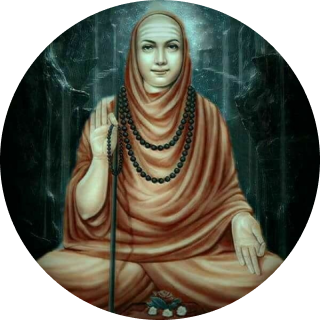
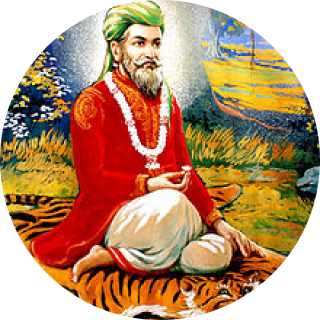
Manika Prabhu
Manohara Nayaka Harakude and Baya Devi were very pious and did Parayana of Guru Charitra for over sixteen years continuously with rigid observance of the rules of worship indicated in Guru Charitra. Pleased with their dedication, Lord Dattatreya gave darshan to Harakude and Baya Devi and granted them a boon to born as a son to them. Thus the birth of Manika Prabhu came into existence in the year 1817 A.D, an incarnation born in the world for the good of the people.
From the very childhood Manika Prabhu was known for his worth in yoga. In him one could see, the effulgence of a saint with the halo of worldly luxury, completely detached. He treated all religions equal and spent his whole life for the fusion of opposites in faiths and cults and cared for the welfare of one and all.
Manika Prabhu took Samadhi at Manikanagar in 1865 A.D. at the age of 48.
Swami of Akkalkot
Swami of Akkalkot is also known as Swami Samrtha. No definite details of his birth are known.
The life of Swami Samartha was full of miracles. Each utterance of the Swami was regarded to contain some deep secret meaning or reference to a certain incident of the future. Swami Samartha emphasized the essentiality of purity of mind and discriminated between a righteous desire and an unrighteous one. He had love and compassion for all creatures without any distinction. By his grace he brought about a fundamental change in the lives of many by influencing their minds and hearts to get over their weaknesses and blemishes.
Many a devotee connected with places sacred to Lord Dattatreya such as Ganagapur, Narsoba Wadi got mysterious calls from their deity to go to Swami at Akkalkot for his blessings.
Swami took Samadhi on April 30, 1878 A.D.
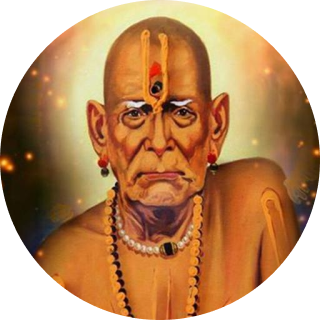
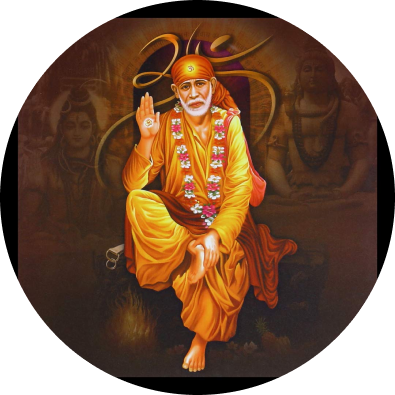
Samartha Sadguru Sai Baba
Sai Baba’s parent-hood, place and time of birth are not known. He said “The world was his village, Brahma the father and Maya the Mother”. He was a very mysterious personality whom everybody interpreted in his own way but no interpretation could give a complete picture of this great saint. He was Rama, Krishna, Hanuman, Sankara, Ganapathi, Dattatreya all rolled in one according to the Samskar and desire of different devotees.
Sai was easily accessible equally to the pauper and the prince, the illiterate and the learned, the young and the old, the atheist and the theist. He practiced and preached Mahavrat comprising of Ahimsa, Satya, Astheya, Brahmacharya and Aparigraha. He was full of love, compassion and solace.
Sai laid stress on constant faith (Nista) and patience (Saburi) as he demanded always these “two coins” from his devotees. Performance of one’s own duty and worship of one’s own family deity with pure heart had his appreciation. Sai never prescribed a particular mode or method of worship nor initiated with mantra to any one, nor asked to perform any creedal religious rituals.
He considered every one as his child without distinction. To correct, protect and enliven his children was his mission. He finished his work, left his corporeal body on Vijaya Dasami, and entered into Mahasamadhi in 1918, a day which significantly happened to be Bhagawan Buddha’s Nirvana, Muharam and Dassarah, important and significant to Hindus, Muslims and Buddhists alike.
